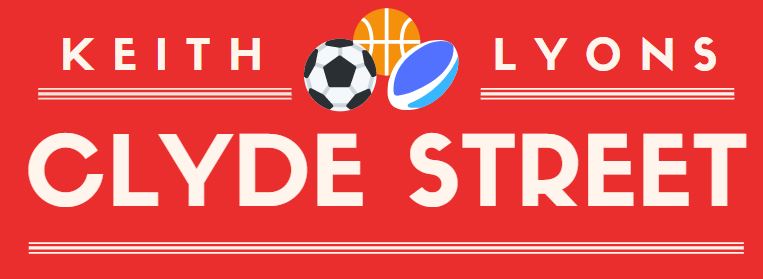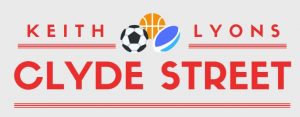
Introduction
Yesterday, I received an email from a friend who is a Coach Development Manager for a national governing body in the United Kingdom. The email was sent to other friends in similar roles.
The email was:
I am in the process of selecting an online coaching resource and I am currently in conversations with ******. We are unable to design and develop our own personal hub due to cost. Within your sport I recall you having some type of online coaching hub. I guess my question centres around, does it get used by the coaches? Have you been able to track the usage of the resource?
Designing and Supporting
My friend’s email started me off thinking about designing and supporting learning experiences … and the role digital stewardship might play in the work of Coach Developers or similar roles with different titles.
By the time I managed to reply in Australian time, my friend had received three replies from his UK network in the email group. Two replies discussed the merits of proprietary platforms provided as a fee for service. A third mentioned the interest coaches had in a crowd sourcing platform, Edufii. He had facilitated the group that now had 1000 members participating in a free version of Edufii. Each day, coaches in the group shared links, practices and experiences.
In the original email, my friend wrote “We are unable to design and develop our own personal hub due to cost“. This set me off thinking about the Coach Developer as a steward of a self-organising learning community that could address personal learning journeys … and develop a resource that was integrated into each coach’s personal learning environment.
As I was contemplating this I received a timely reminder that design-thinking might help us transform the role of Coach Developer to one of Learning Experience design. The reminder came in the form of a post from the Precious Design Studio, Designing with Meaningful Data.
The post includes this paragraph:
To become better designers, we need to leave our comfort zone, dive into worlds that might look daunting from the outside. When thinking about designing with real, meaningful data, we shouldn’t look for convenience. We should always strive for challenges and use our curiosity to comprehend the growing complexity that surrounds us.
I wondered if a community of Coach Developers and Educators might share their experiences so that we might “dive into worlds that might look daunting from the outside”. And in diving, become advocates withing our organisations for a dynamic learning environment.
My reply to my friend’s email pursued this part of the opportunity facing him … and us as a community of practice. I looked at free resources to support a “personal hub”.

My Reply
I do see the role of coach educators changing in digital habitats. For me the trade off between off-the-shelf software as a service and an agnostic open educational resource approach is the role each of us will play as connectors with coaches’ personal learning journeys. It will change the way the work and connect.
Asynchronous Communities
I have spent much of the last decade thinking about how we create open learning environments. I understand that some organisations have funds to pay for fee-for-service platforms. Others do not. My post addresses this latter group.
However, I find it immensely exciting that a whole community of coaches could access resources when the time is right for them. I see enormous opportunities for organisations to invest in and become organisations that learn.
The Coach Developer as Digital Steward can use asynchronous resources to connect groups and stimulate 1:1 conversations. Increasing use of artificial intelligence systems will mean we can make these relationships even more personal.
How will we adapt Coach Developer roles that are future looking in a digital world? I do think it starts with our comfort zones and our willingness “to leave our comfort zone, dive into worlds that might look daunting from the outside”.
Photo Credits
Autumn view of the playground (Peter Gyöngy, CC BY-ND 2.0)
Earthmovers (Dean Donaldson, CC BY 2.0)
Discus (Kwan Cheung, CC BY-NC-ND 2.0)
Postscript
I have used three Creative Commons images to illustrate this post. Each is a tilt shift image. I think this is a good way to talk about a change in focus and the scale of the worlds we inhabit.







